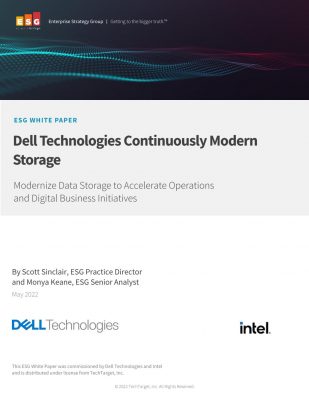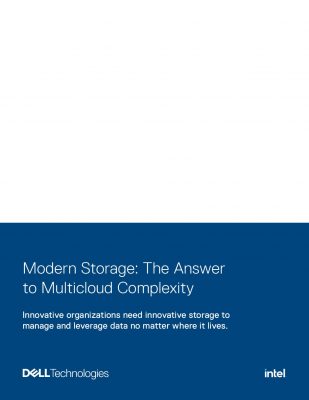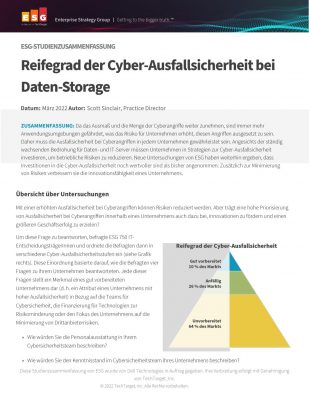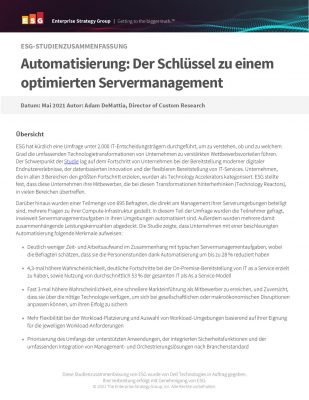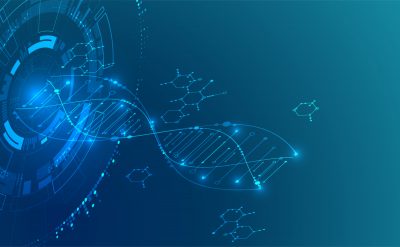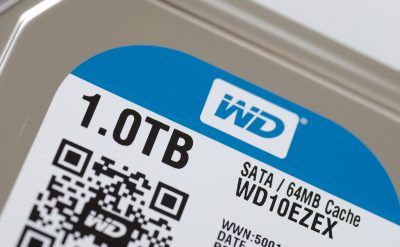Brown University researchers have made substantial progress with an effort to create a new type of molecular data storage system. As per a paper published in Nature Communications, the team was able to store a variety of images files in the array of mixtures containing custom-synthesized small molecules.
The researchers were able to store more than 200 kilobytes of data reaching a peak level in the small molecules. Though the amount of data stored is not large compared to the traditional means of storage, but the amount of data stored in a specific molecule is quite significant.
Jacob Rosenstein, an assistant professor at Brown’s School of Engineering and researcher in the study, said in a statement that this could be a very significant step in data storage. A large number of unique small molecules, with a small amount of data that could be stored in each molecule and the reliability of the data readout, shows how such small molecules can actually work.
As the data is continuously looking to expand, technologists and researchers are coming together to find a new and more compact storage unit. Encoding data in different types of molecules makes it possible to store equivalent terabytes of data in a few millimeters of space. Most researchers are currently focused on long-chain polymers like DNA that store millions of bytes of information in a complicated chain.
Small molecules offer an easier and cheaper option for data storage than synthetic DNA, so most researchers are looking toward small molecules as opposed to long polymers. The Brown Research Team is supported by the US Defense Advanced Research Projects Agency (DARPA), led by chemistry professor Brenda Rubenstein, which has been working to find ways to make the small molecule data storage scalable and feasible.
To store all types of data, the team uses small metal plates combined with an array of 1,500 tiny spots that are less than a millimeter in diameter. Each of the spots is created with a mixture of molecules, and the presence or absence of different molecules in each mixture indicates digital data.






